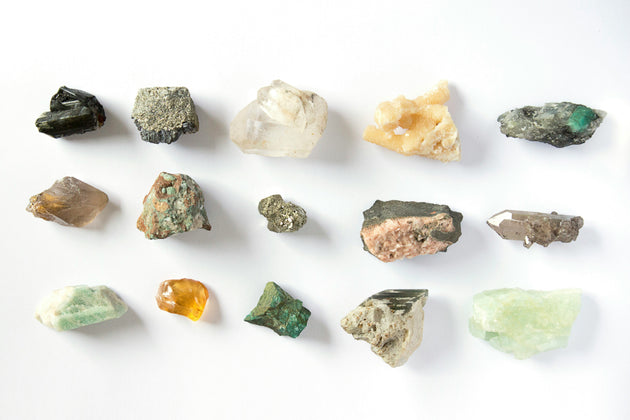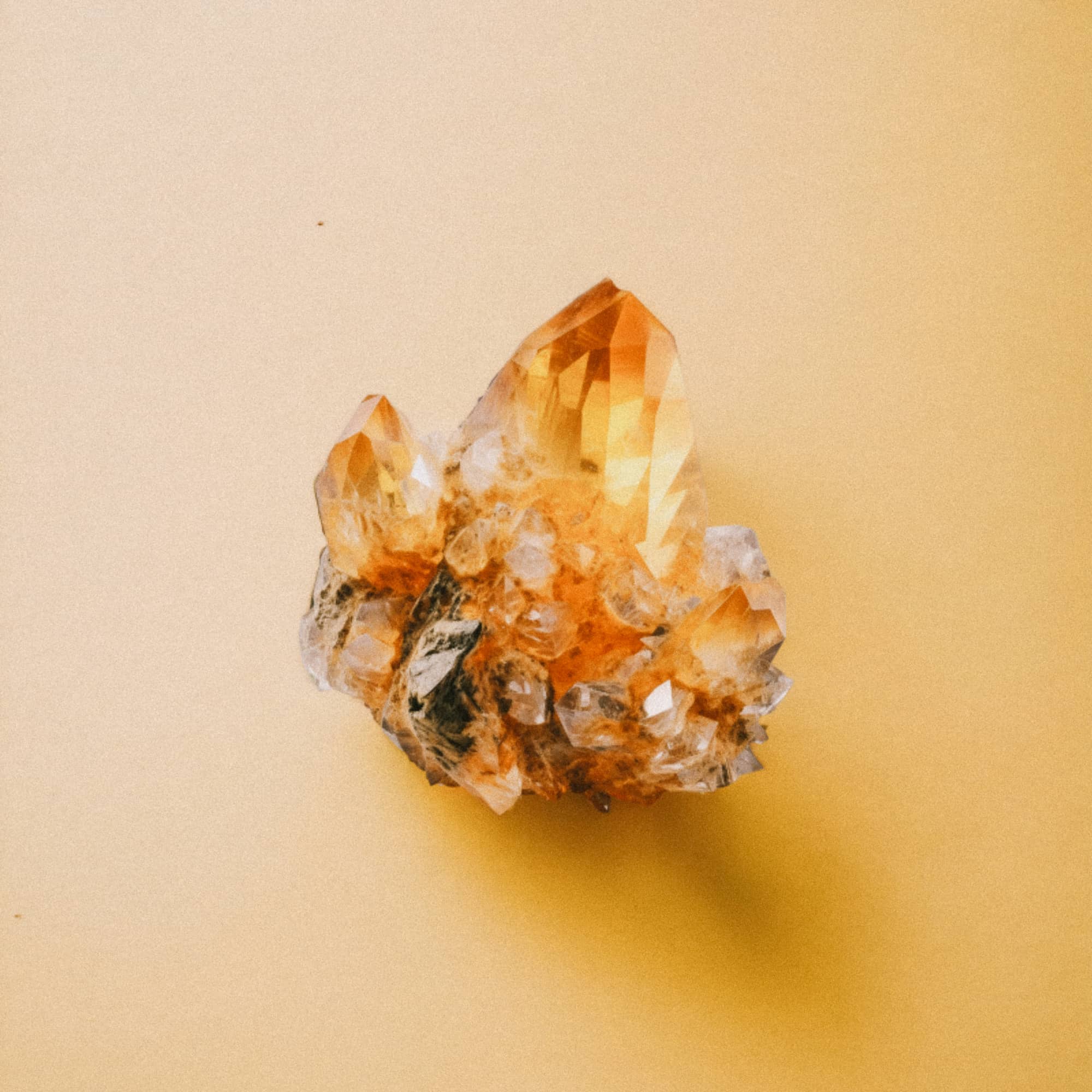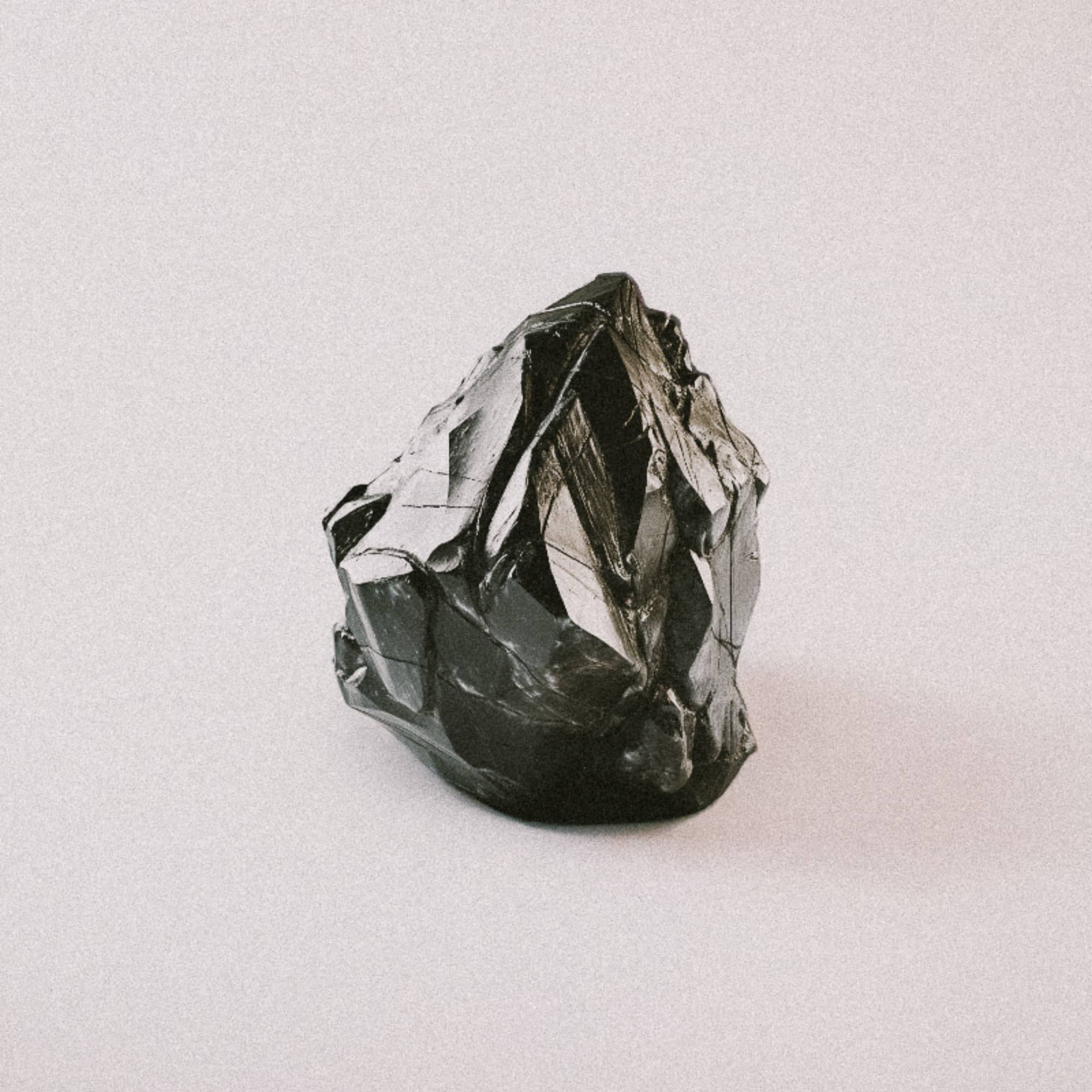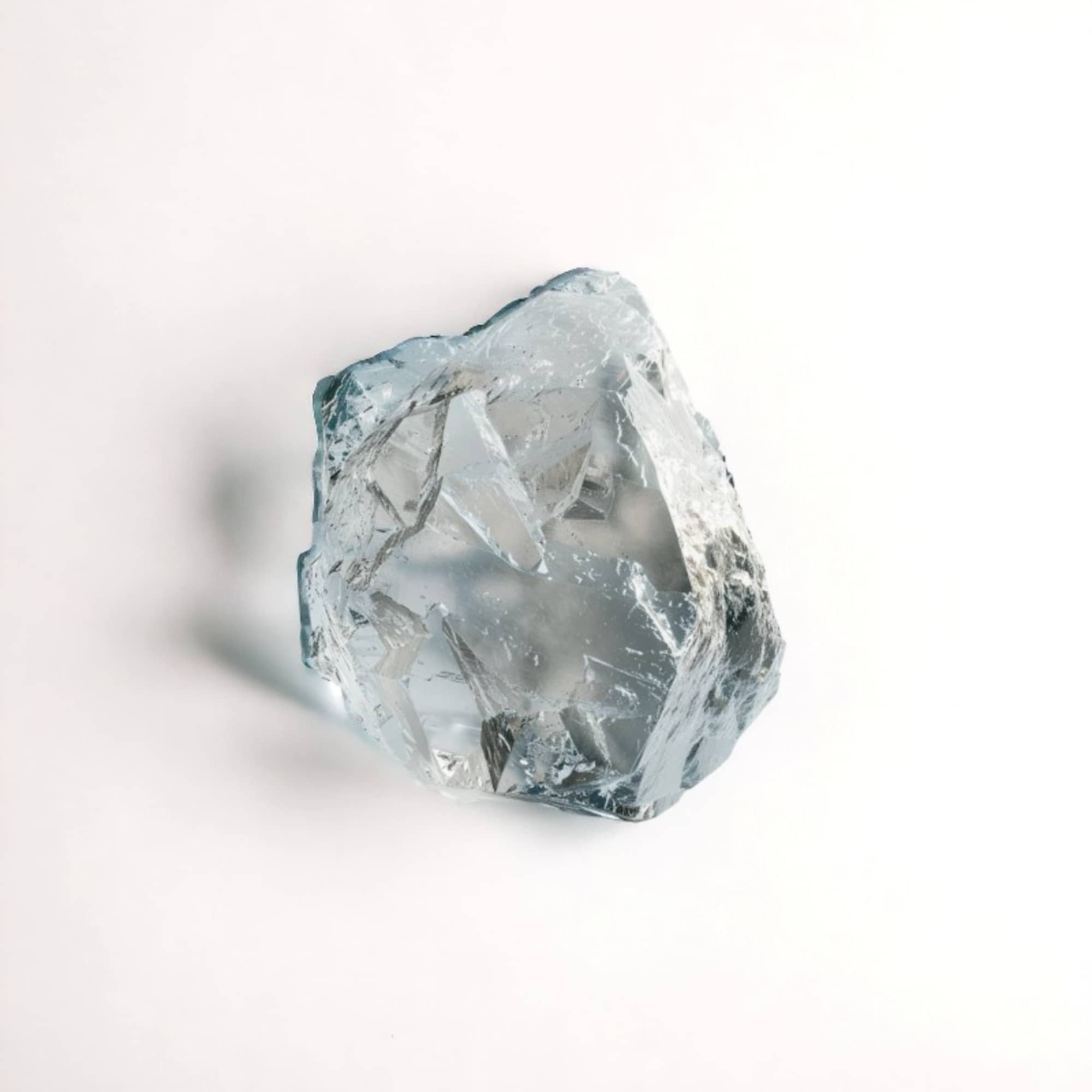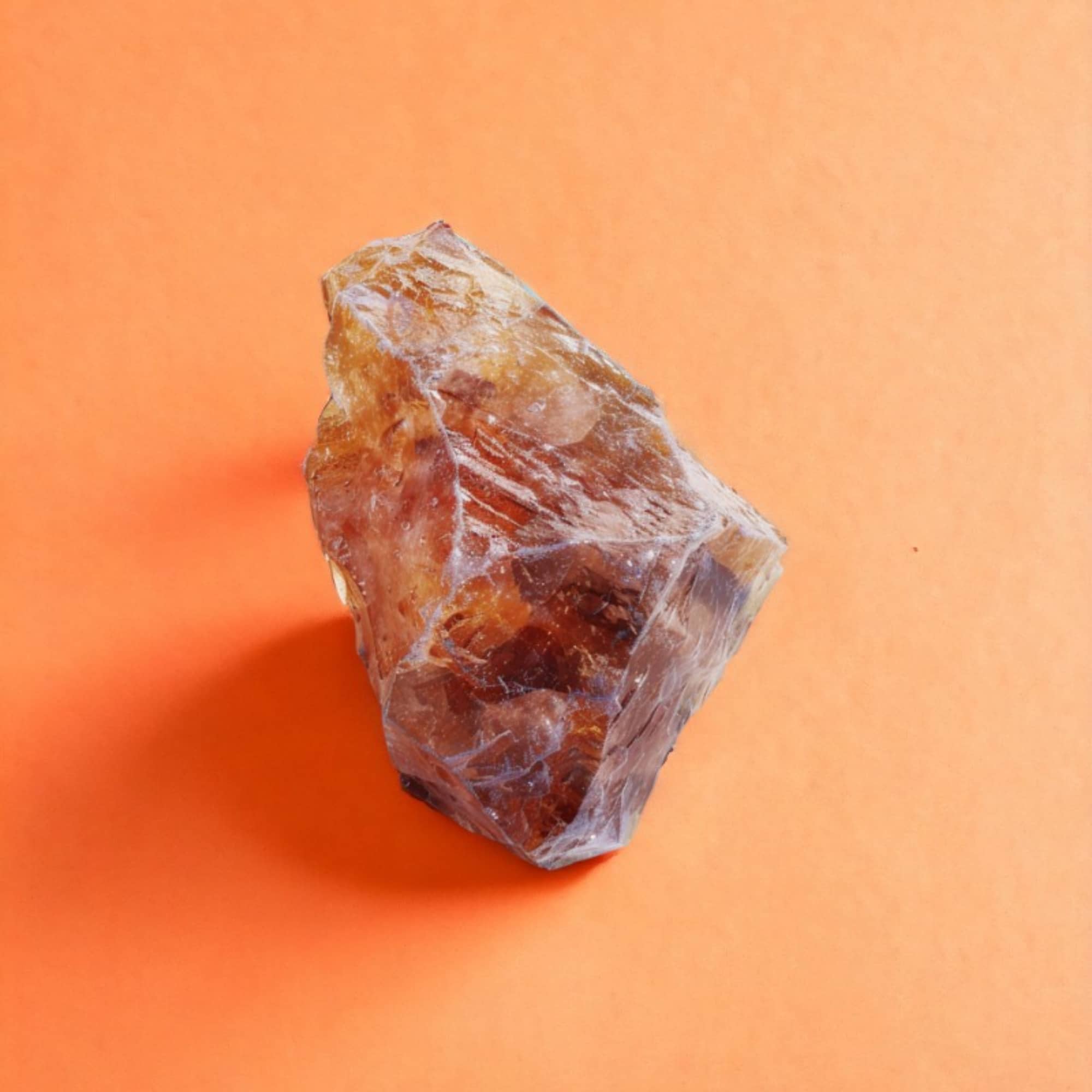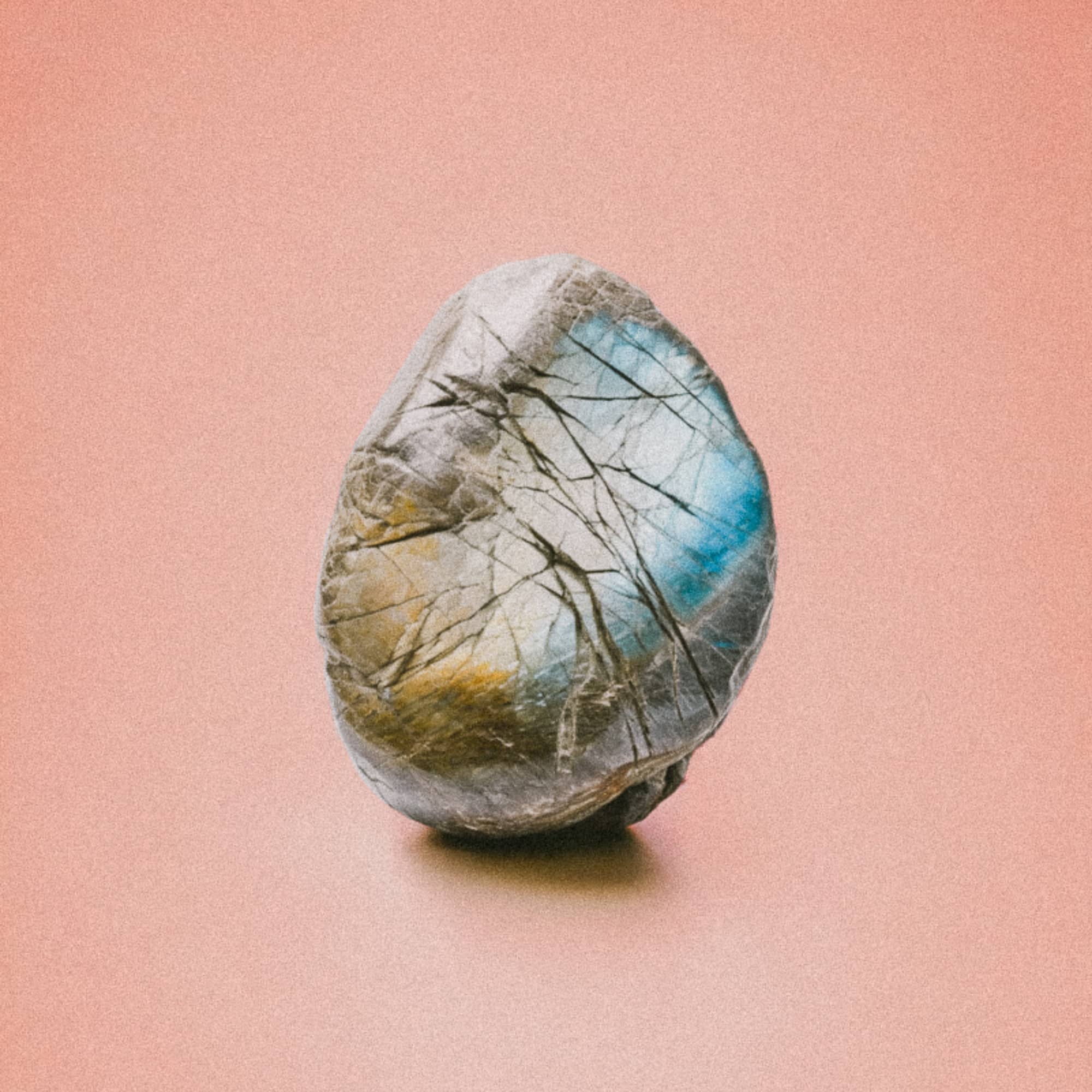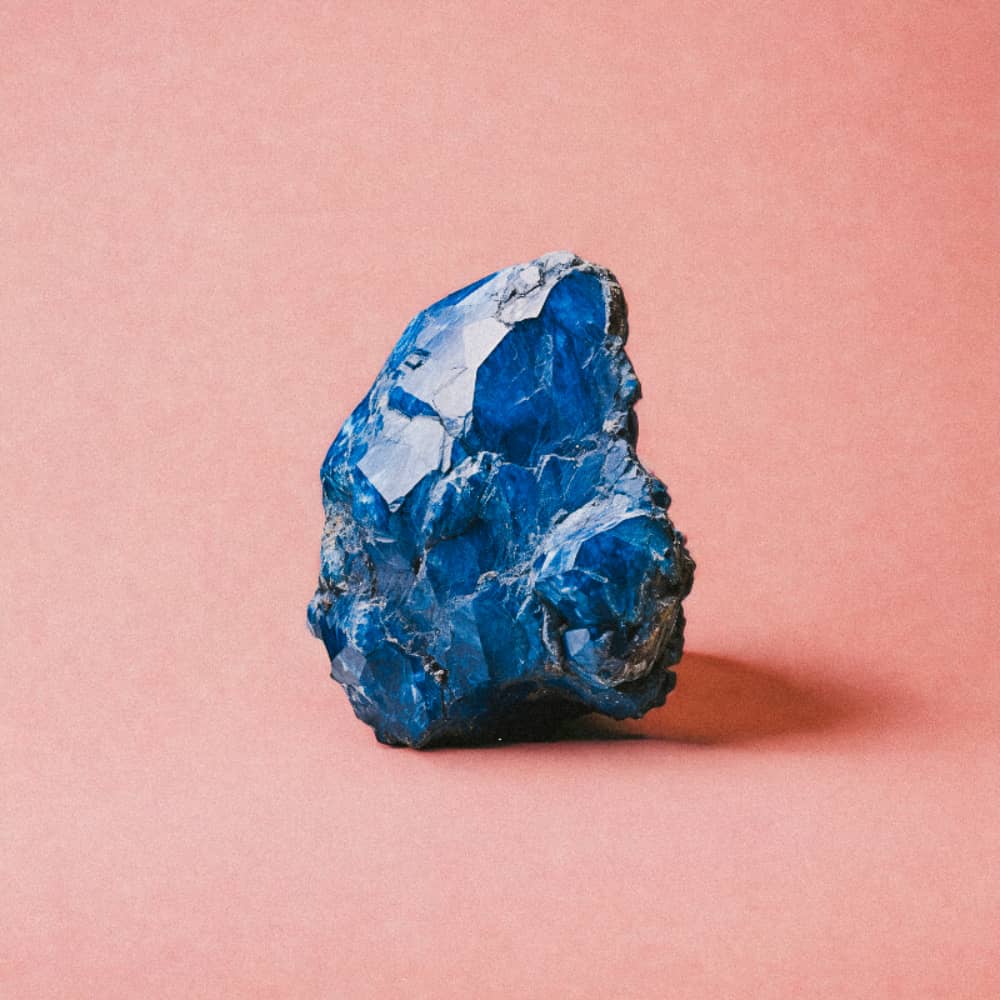History & Origins
Ancient civilizations
Citrine was used and cherished by ancient civilizations for its sunlight-like color. The Greeks used it as early as the first century B.C. to create engraved gems and jewelry. In the Roman Empire, it was often used to adorn rings and intaglios, appreciated for its transparency and warm hue.
Ancient cultures believed in its powers as a talisman capable of protecting against snakebite, the evil eye, and even offering protection against negative thoughts. It was also reputed to attract abundance and prosperity, a belief that persists to this day.
Medieval and Renaissance
In the Middle Ages, citrine was used as a decorative stone and meditation aid, believed to calm and soothe the mind. Renaissance merchants kept it in their cash boxes, believing it would attract wealth and ward off bad business.
From the 18th century to the present day
Interest in citrine was revived in the 18th century, when major discoveries of deposits in Brazil made the stone more accessible. During the 19th and 20th centuries, citrine became a popular element in Art Deco jewelry, often combined with other gemstones to create opulent, colorful pieces.
Throughout history, citrine has been valued not only for its aesthetic beauty, but also for its symbolic and metaphysical benefits. Its vivid color, evoking the light and warmth of the sun, continues to inspire and attract those who seek both brilliance in their personal style and abundance in their lives. The richness of its history adds to the depth and meaning of this gemstone, making citrine a popular choice for those who desire a gem with a history as radiant as its appearance.

Provenance
Citrine, known for its sunny hues ranging from pale yellow to golden brown, is mainly mined in quartz-rich regions around the world. Although relatively abundant, the quality and color of citrine can vary significantly depending on its provenance, influencing its value and appeal.
Brazil
Brazil is the world's leading producer of high-quality citrine. The deposits located in the state of Rio Grande do Sul are particularly renowned for producing a wide range of citrines, from light yellows to rich golden browns. The variety and abundance of Brazilian citrines make them a preferred source for the world's gemmological markets.
Madagascar
Madagascar is another important quarry, known for its particularly vivid citrine hues. Stones from this region can exhibit exceptional clarity and colors ranging from golden yellow to deep orange, making Madagascan citrines prized choices for luxury jewelry.
Zambia
Zambia, although best known for its emeralds, also produces citrine. Zambian deposits offer stones with a unique yellow hue, often with a touch of green, which sets them apart from citrines from other regions.
Other sources
Other countries, such as Russia, Bolivia and the USA, have citrine deposits, albeit less abundant. These sources can produce citrines with distinct characteristics that reflect the unique geological conditions of each site.
Provenance plays an essential role in the diversity and beauty of citrine. Each deposit makes its own unique contribution to the stone's color palette and qualities, enriching the market with a variety of choices for enthusiasts and collectors alike. Regional differences in hue, clarity and cut offer a range of options for those seeking to incorporate citrine's warmth and energy into their lives, whether through jewelry, decoration or spiritual practice.
Features
Citrine, an enchanting member of the quartz family, captivates with its range of solar colors, from pale amber to deep golden brown. This semi-precious stone is distinguished by several notable features that contribute to its popularity in jewelry and lithotherapy.
Color
Citrine's most distinctive characteristic is its color. The presence of iron in the quartz gives it its yellow to orange hue. The color can vary considerably, from light lemon yellow, symbolizing clarity and freshness, to deep golden brown, evoking richness and warmth. This variation offers flexibility in jewelry design and stone selection for specific purposes.
Clarity and transparency
Citrine is generally characterized by excellent clarity, with few visible inclusions, making it particularly attractive for jewelry pieces where the stone's luminosity is paramount. Its transparency can range from transparent to translucent, making each stone unique.
Adventurescence
Although less common in citrine than in some other stones, such as aventurine, a slight adventurence can sometimes be observed. This manifests itself as a subtle metallic sparkle or luster, due to small mineral inclusions.
Hardness
With a hardness of 7 on the Mohs scale, citrine is tough enough to withstand daily wear and tear, making it a popular choice for rings, bracelets and other types of jewelry likely to be exposed to impact. However, as with all quartz, it remains vulnerable to scratching by harder materials.
Thermal properties
Citrine can change color when exposed to high temperatures. This trait is sometimes exploited to artificially enhance the color of less saturated stones. It is important to note that such treatments can affect the value of the stone.
Varieties
Natural citrine is relatively rare. Many citrines available on the market are actually amethyst or smoky quartz heat-treated to obtain their desired yellow color. The distinction between natural and treated citrine is crucial for collectors and gem lovers alike.
The combination of these characteristics makes citrine a gemstone prized not only for its beauty and durability, but also for its metaphysical qualities. Its sunny brilliance and color palette offer a variety of options for those looking to add a touch of light and positivity to their daily lives.
Benefits & Properties
Citrine, with its sunny hues, is more than just an attractive gem; it's also renowned for its many benefits and beneficial properties. Considered the stone of prosperity, joy and energy, citrine carries a positive energy that can significantly influence physical and emotional well-being.
Energetic and metaphysical benefits
-
Prosperity and Abundance
Citrine is often called the "merchant's stone" for its ability to attract wealth and prosperity. It is said to promote success in business and investment, encouraging generosity while accumulating wealth.
01 -
Positive Energy
This gem is renowned for its ability to dissipate negative energies from its surroundings and promote a flow of positive energy. It is an ideal stone for enhancing optimism and joie de vivre.
02 -
Mental Clarity
Citrine stimulates the intellect, creativity and concentration. It helps clarify thoughts, facilitating decision-making and problem-solving. It is also said to strengthen willpower and determination.
03
Benefits for Physical Health
-
Digestive system support
Citrine is traditionally associated with digestive health. It is believed to promote good digestion and can help fight stomach infections.
01 -
Relaxation and Sleep
Although an energizing stone, citrine can also help combat insomnia by encouraging relaxation and easing nervous tension, thus promoting restful sleep.
02 -
Chakra harmonization
Citrine is particularly linked to the solar plexus chakra, the center of personal will and energy. By harmonizing this chakra, citrine can help increase self-confidence, personal dynamism and the ability to move forward with confidence and optimism.
03
Lithotherapy uses
In lithotherapy, citrine is used for its healing and energetic properties. It is often recommended to boost motivation, combat fatigue and alleviate feelings of depression or anxiety. Its inner light is said to warm the soul, awaken the spirit and inspire personal and spiritual growth.
Citrine, with its many benefits, is a gemstone that enriches life not only through its natural beauty, but also through its ability to enhance general well-being. It invites joy, success and fulfillment, making it a gem of choice for those seeking to improve their quality of life on all levels.
Care
Maintaining citrine's splendor and vibrant energy requires proper care. While relatively resistant, this solar stone benefits from specific care to preserve its luminosity and beneficial properties over time.
Cleaning citrine
To clean citrine, use lukewarm water and mild soap. Rub the stone gently with a soft cloth or bristle brush to remove dust and residue. Avoid using harsh chemical cleaners that could damage the stone. After cleaning, rinse citrine thoroughly in clean water and dry with a soft cloth to avoid water marks or mineral deposits.
Precautions
Although citrine has good hardness, it can crack or chip if struck with force. Store it separately from other jewelry to avoid scratches or damage.
Citrine can lose its color if exposed to direct sunlight for too long. Although it loves light to recharge, it is advisable to limit prolonged exposure to intense rays.
Citrine recharging
Natural Light
The best way to recharge your citrine is to place it in the sun during the early hours of the morning or at sunset, to avoid overexposure. Natural sunlight nourishes the stone, strengthening its energies and luminosity.
Lunar light
Placing citrine under moonlight, especially during a full moon, is a gentle method of recharging the stone, infusing it with calm, purifying energies.
Earth
For deep recharging, bury your citrine in the ground overnight. This allows the stone to reconnect with the earth's energy, revitalizing its vital force.
Other crystals
Citrine can also be recharged by placing it near other charging crystals, such as rock crystal or amethyst, which can help cleanse and recharge your stone's energy.
By following these care and recharging tips, you can help your citrine maintain its radiant beauty and energetic benefits, ensuring that this stone continues to bring light, joy and abundance into your life.
Citrine, with its radiance reminiscent of the warmth and light of the sun, is much more than a gemstone; it is a symbol of joy, prosperity and motivation. By caring for your citrine with regular cleaning and appropriate recharging, you not only preserve its natural beauty, but also enhance its beneficial properties. This luminous gem has the power to illuminate the darker aspects of our lives, bringing a touch of optimism and promoting abundance in all its forms. Citrine invites us to embrace the inner light that guides to well-being and fulfillment, reminding us that, even in the darkest moments, there is always a source of light and hope.


